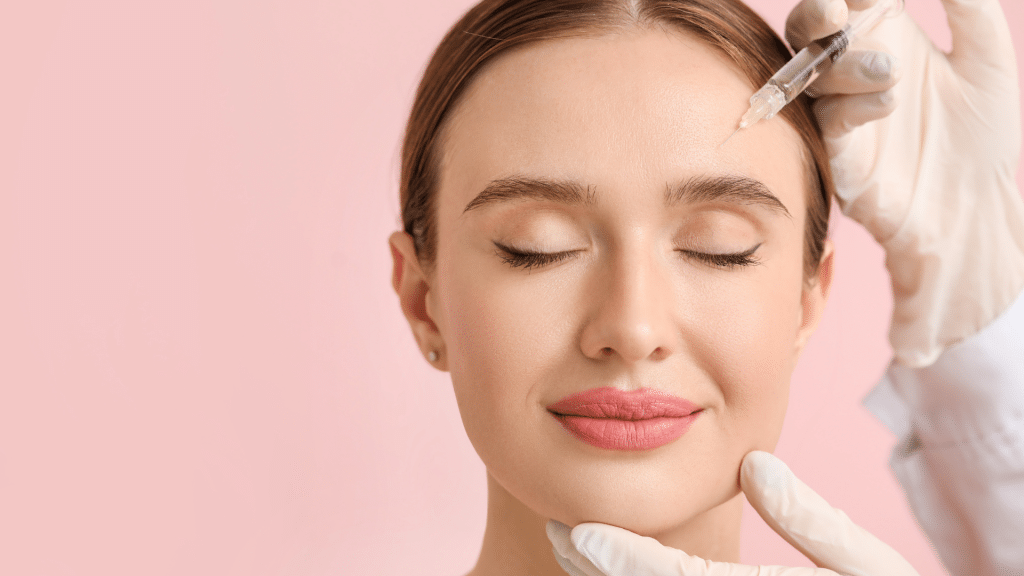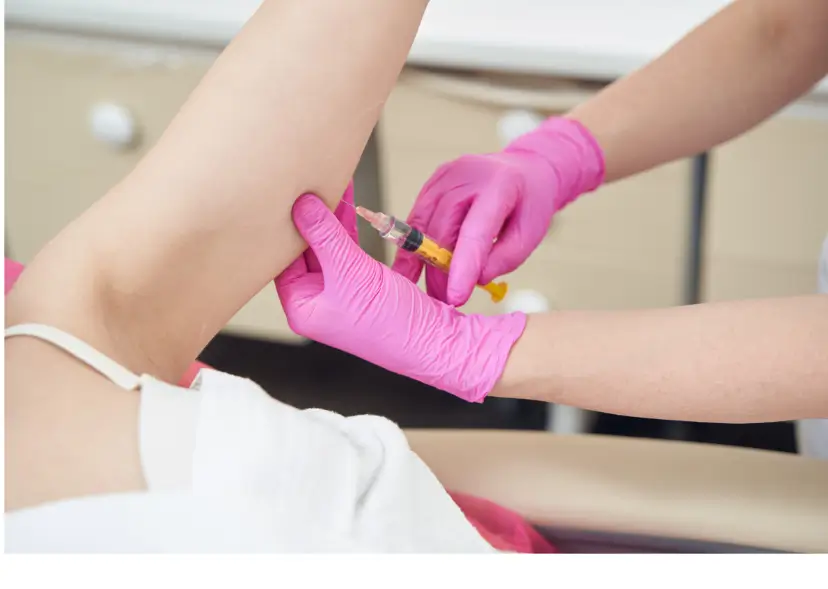Hyaluronic acid (HA) fillers have surged significantly in recent years. A study of 41,775 cases revealed that complications associated with HA fillers are infrequent but can be severe. Understanding the specifics of early complications caused by HA filler injections is crucial for both practitioners and patients.
Juvederm, a popular dermal filler, relies on hyaluronic acid as its primary active ingredient. Hyaluronic acid is a natural component in the human body, making it biocompatible and safe for use.
This article will explore the safety aspects, potential allergies, and overall health considerations related to Juvéderm’s ingredients. By understanding the science behind this popular dermal filler, readers can make informed decisions about their aesthetic treatments.
Key Takeaways
- Juvederm uses hyaluronic acid and lidocaine to improve the skin. These ingredients make treatments less painful and work with the body’s natural resources.
- The FDA says Juvederm is safe, but you must watch out for allergies and side effects like swelling or pain. Some people can’t use it because of severe allergies.
- Doctors should check patients carefully before treatment to avoid bad reactions. They must also teach patients about possible risks and how treatments might affect them later.
- Long-term problems like scars or trouble moving hands could occur if someone gets treated frequently.
- Patients need to know all about these things before they agree to get treated. This means understanding the potential benefits and risks of Juvederm injections.
About: Medical Spa RX provides premium products at the best prices for medical practices. If you’re looking to buy Juvederm for your practice, the sales representatives at Medical Spa RX can guide you.
An Overview of Juvederm Ingredients
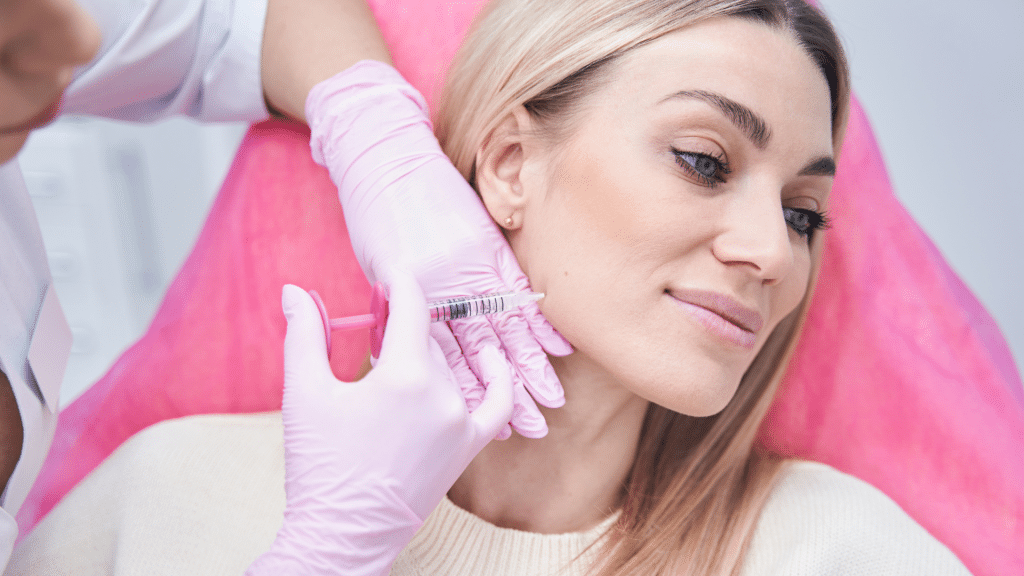
Hyaluronic acid is a critical player in facial rejuvenation. It adds volume and helps the skin stay moist and soft. This ingredient acts like a sponge for water, making it perfect for reducing wrinkles and plumping the skin.
Lidocaine is a local anesthetic found in Juvederm products. This ingredient helps reduce pain during the injection process. However, for those with allergies to lidocaine, caution is essential when considering Juvederm treatments.
JUVÉDERM fillers contain more than hyaluronic acid and lidocaine. They include a unique ingredient, unmodified or uncross-linked HA, which acts as a lubricant and makes the filler easier to inject.
Safety Profile of Juvederm
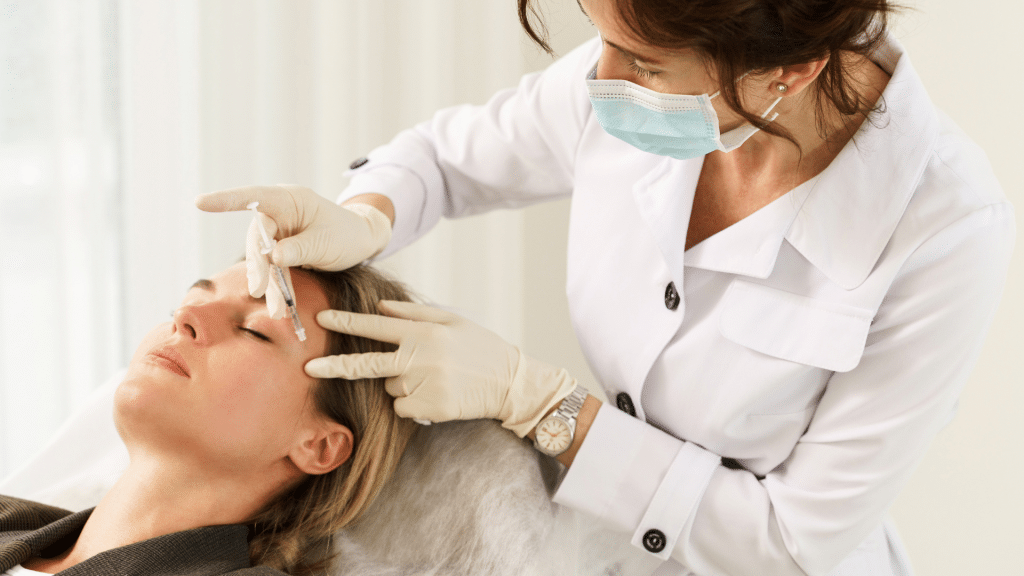
Juvederm’s safety and effectiveness shine through its rigorous clinical trials and studies. A standout study shows Juvederm’s before-and-after photos and how it excels in correcting severe nasolabial folds for Chinese subjects, highlighting its global efficacy.
Juvederm injectable gels often cause redness, swelling, pain, tenderness, firmness, lumps/bumps, bruising, and discoloration. These are common side effects; they usually disappear in a few days.
Allergies and Adverse Reactions
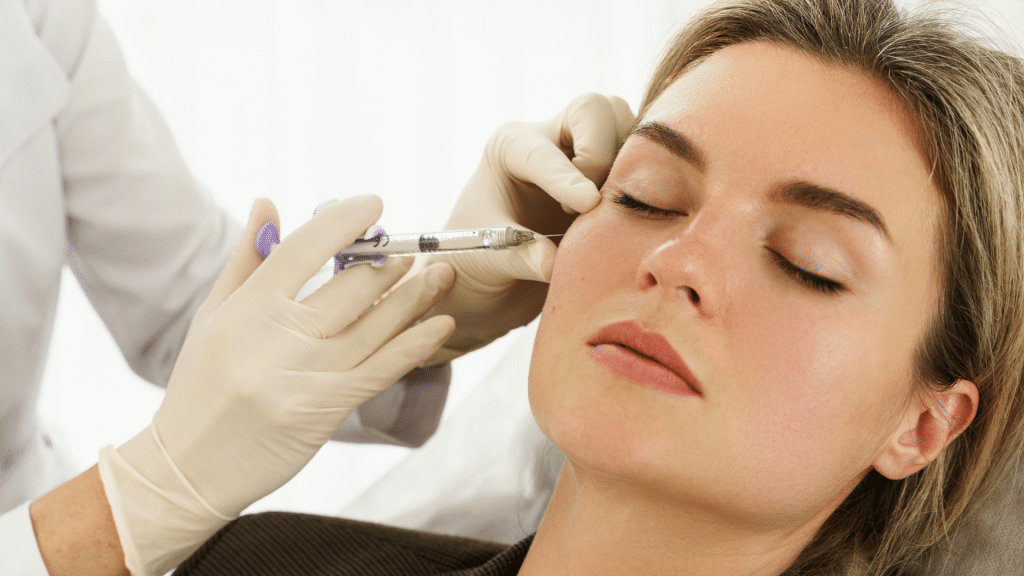
Conducting patient assessments is vital before any Juvederm procedure. It helps identify any potential allergies or adverse reactions.
- Start with a thorough review of the patient’s medical history. This includes checking for past reactions to cosmetic products or procedures.
- Ask patients about their current medications and supplements. Some substances can increase the risk of bruising or bleeding.
- If you have concerns about sensitivities, perform a skin test. This can show how the skin reacts to Juvederm ingredients.
- Discuss the patient’s expectations and concerns. Understanding what the patient hopes to achieve helps manage expectations.
- Educate patients on possible side effects of Juvederm, such as swelling, redness, and pain at the injection site.
- Highlight the importance of reporting any discomfort or unusual symptoms after the treatment.
- Encourage questions during this assessment phase. Patients should feel comfortable and informed about the procedure.
Long-Term Health Implications
Patients considering repeated Juvederm treatments should be aware of the potential long-term health implications. While the effects of multiple treatments are generally well-tolerated, cumulative impact on the skin and surrounding tissues may warrant consideration.
Long-term use of dermal fillers like Juvederm may pose potential complications such as granuloma formation, skin discoloration, or migration of the filler material. Healthcare providers should discuss these risks with patients and monitor for any signs of complications. Moreover, they can discuss the ingredients, potential risks, and long-term health implications to empower patients to make well-informed decisions about their treatment.
Conclusion
Juvederm mixes hyaluronic acid and lidocaine to fight aging signs safely. Its use needs careful patient screening, especially for those with severe allergies. Long-term health impacts are a vital point of discussion between patients and medical professionals.
Knowing the components helps manage expectations and ensures a smooth experience with cosmetic treatments. Safety, allergy concerns, and education on health effects form the core of Juvederm’s approach to facial rejuvenation.
FAQs
1. What’s in Juvederm that makes it work?
Juvederm’s main ingredient is hyaluronic acid, which helps smooth out wrinkles and add volume to the skin.
2. Is Juvederm safe for everyone to use?
Most people can safely use Juvederm, but those with allergies or certain health conditions should talk to their doctor first.
3. Can using Juvederm cause an allergic reaction?
Yes, some people might be allergic to Juvederm, especially if they’re sensitive to its ingredients.
4. How long does Juvederm last once it’s injected?
The effects of Juvederm can last from one year up to two years, depending on the product used and how your body reacts.
5. Will I need a test before getting Juvederm injections?
Your doctor might do a skin test to check for allergies before giving you Juvederm injections just to be safe.
References
Healthline. (n.d.). Juvederm: Uses, side effects, and risks. Retrieved from https://www.healthline.com/health/juvederm
Bogdan Allemann, I., & Baumann, L. (2008). Hyaluronic acid gel (Juvéderm) preparations in treating facial wrinkles and folds. Clinical interventions in aging, 3(4), 629–634. https://doi.org/10.2147/cia.s3118
Li, D., Xie, Y., Li, Q., Sun, J., Jiang, P., Jia, Y., Murphy, D. K., & Li, Q. (2017). Safety and Effectiveness of Juvéderm Ultra Plus Injectable Gel in Correcting Severe Nasolabial Folds in Chinese Subjects. Plastic and reconstructive surgery. Global open, 5(1), e1133. https://doi.org/10.1097/GOX.0000000000001133

